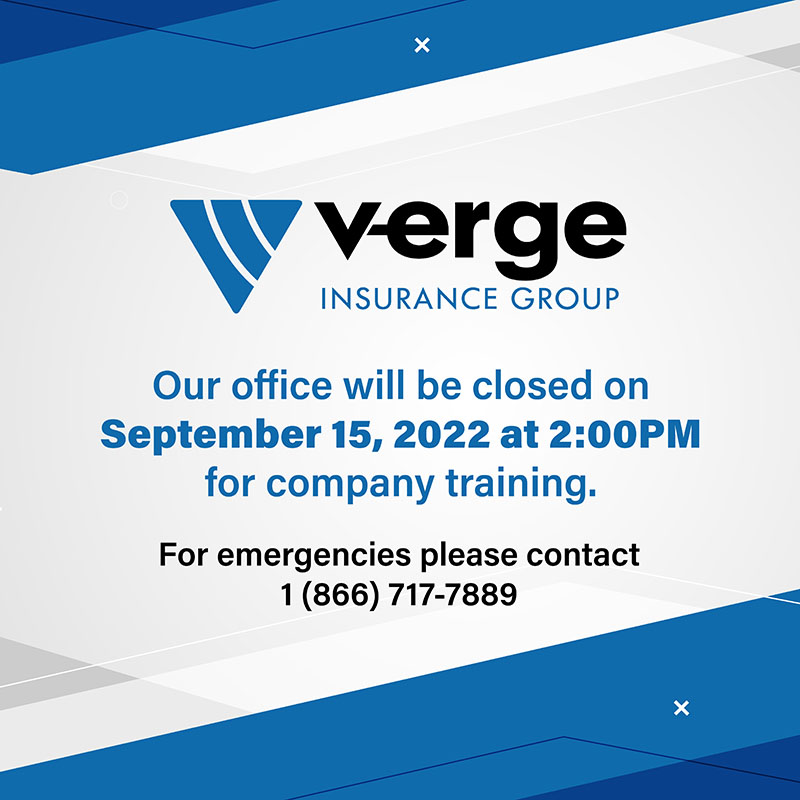What is Commercial Vehicle Operator's Registration (CVOR) system?
Road and vehicle safety is an ongoing challenge across Canada, particularly as it relates to large trucks,
buses and commercial fleets. In fact, in Ontario alone, around 1 in 5 accidents involve large, commercial
automobiles, making safety oversight and vehicle-specific regulations all the more critical.
To help promote safe roadways for all drivers and ensure that truck and bus companies (as well as commercial vehicle operators) are compliant with the regulations that govern highway use, Ontario developed the Commercial Vehicle Operator’s Registration (CVOR) system.
The CVOR system, which was created based on the National Safety Code (NSC) standards, is transportation safety legislation designed to help reduce the number and severity of collisions. The CVOR system is part of the Carrier Safety Rating (CSR) program, and the Ministry of Transportation monitors operators and assigns each a safety rating based on collisions, inspections, convictions and the results of facility audits.
Together, the CVOR and CSR programs track the on-road safety performance of commercial motor vehicles and buses, creating a monitoring program the government can use to revoke operator privileges and place non-compliant vehicles out of service. In that way, it’s best to think of the entire system as a registration program for operators of commercial motor vehicles—a program that allows the Ministry of Transportation to suspend or cancel an operator’s certificate in the event of vehicle infractions.
Ratings
Under the CSR program, the Ministry of Transportation monitors carriers and assigns one of four possible safety ratings:
- Excellent —A carrier is eligible for an excellent safety rating if it meets all of the following conditions:
- The carrier has at least 24 months of demonstrated operation in Ontario and currently holds a valid CVOR certificate.
- The carrier has an overall violation rate of 15 per cent or less of the overall
- The carrier has a collision violation rate of 10 per cent or less of the collision
- The carrier has been audited and achieved an excellent score.
- Satisfactory—A carrier is eligible for a satisfactory safety rating if it meets all of the following conditions:
- The carrier has at least six months of demonstrated operation in Ontario and currently holds a valid CVOR certificate.
- The carrier maintains an on-road performance level of 70 per cent or less of its overall CVOR
- he carrier has been audited and received a passing score.
- Satisfactory-unaudited—A carrier that has not been audited would normally receive a satisfactory- unaudited safety rating provided it maintains an on-road performance level of 70 per cent or less of its overall CVOR threshold.
- Conditional—A carrier may be considered for a conditional safety rating if any of the following circumstances occur:
- The carrier’s on-road performance level exceeds 70 per cent of its overall CVOR
- The carrier fails the facility audit.
- Upon the expiration of a suspension or plate seizure.
- If a person or company related to or affiliated with the carrier has an on-road performance level that exceeds 70 per cent of its overall CVOR threshold or fails a facility audit.
CSRs provide insight into an operator’s commitment to safety and are created based on performance metrics and facility audits. Using this system, carriers with good safety ratings can promote themselves to potential customers. The chart below outlines how audit scores correspond to safety ratings:
| Overall Audit Score | 0% to 50% of threshold | > 15% to 70% of threshold | 70% to 100% of threshold | > 100% of threshold |
| 80% to 100% | Excellent | Satisfactory | Conditional | Unsatisfactory |
| 55% to <80% | Satisfactory | Satisfactory | Conditional | Unsatisfactory |
| 0% to <55% | Conditional | Conditional | Conditional | Unsatisfactory |
| No audit | Satisfactory - unaudited | Satisfactory - unaudited | Conditional | Unsatisfactory |
Why Is It Important?
- Good indication on safety / maintenance and organization on your company
- Great indicator for insurance companies to use


